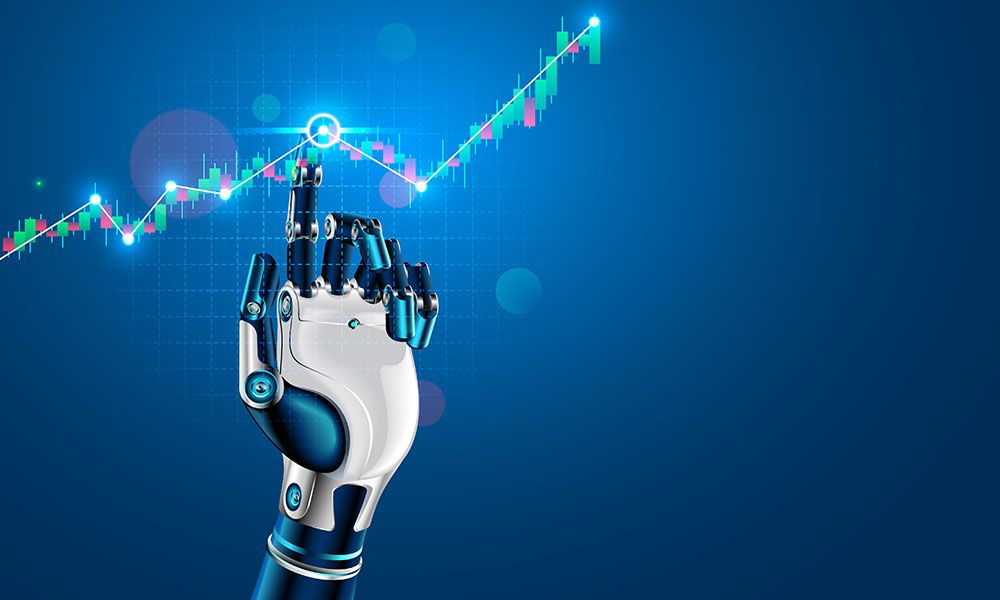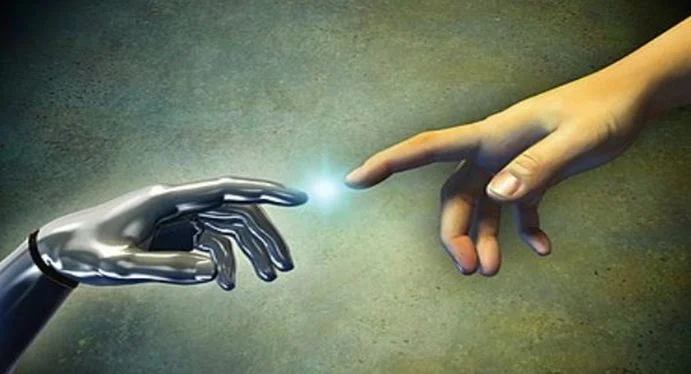
Online food delivery companies Zomato and Swiggy have completely changed how urban India eats it’s food. Sensing how Indian families like to eat home cooked food, Swiggy came up with a smartly enticing ad with the slogan “eat some home made food eat some from Swiggy”. Though several small local players have come up, these two companies have largely monopolized the market, Zomato going so far as to buy UberEats, the food delivery arm of Uber.
Both companies have very similar mobile apps with small variations in their features. The process they follow to add food outlets on to their platforms is also very similar. Create a new food outlet on the platform and list the items on the outlet’s menu in the app with the photos. Then a general template is followed to add options to turn on/off the outlet on the app and turn on/off individual items on the menu. Then the outlet is all set to start doing business on the platforms. All of this sounds well and good but then comes the tricky part.
When they created the option for customers to rate the food of food outlets, they chose an easy and clumsy way to do it. They simply added the option to rate the food outlets instead of the food their customers ate. This is the archaic method of rating restaurants based on the entire dining experience at their premises. With food delivery apps, there is no dining experience. There are only a few parameters to check such as if the food has been prepared with good and fresh ingredients and the behavior of the delivery executives.
Lets see how the rating dynamics plays out. So for example, a restaurant has 50 items on it’s regular menu and they are listed on the apps of Zomato and Swiggy and a customer orders 2 items from the list. Depending on how much the customer has liked the food, ratings can be given from 1-5, 1 being the least and 5 being the best. Let’s say the customer liked the two items immensely and decided to give 5 rating. But note that the rating is going for the restaurant and not for the food items he/she had ordered. On the flip side, if the customer did not like the food at all, the restaurant might get a 1 rating.
The fundamental problem with this rating system is, a customer who gives a lower rating in their first experience is less likely to buy again from the restaurant and this is irrespective of the fact that he/she has just tried 2 of the 50 items in the menu. Now let’s say the customer who gave 5 rating the first time ordered another two items from the same restaurant and didn’t like them. Where does this leave the customer? Should he/she rate the restaurant again? Giving a lower rating has the psychological effect on us of being less likely to buy from the same restaurant again.
Both Zomato and Swiggy mandate that outlets receive a certain number of ratings in a specific number of days to show as rated outlets on their platforms. Customers who give good ratings on their first order from an outlet is more unlikely to give ratings for further orders, even though they might be ordering different items on the outlet’s menu since they have already rated the outlet. This has adverse effect on food outlets with less items as they need more new customers to buy their items and rate them to stay rated on the platforms and they have no control over it.
Now what if the ratings are given for food items rather than the food outlets? One food item may have slightly different tastes in different food outlets. A customer may like it the most from one food outlet and not so much from the others but it will not have the effect of the customer avoiding food outlets because of one unsavory experience with them.
The inherent problem lies in the design of the apps. Food outlets are listed in the apps and under them their respective food items. Then there are some categories of food items listed, like for example Pizza. Inside Pizza, the food outlets selling pizzas are listed along with their ratings. Customers have to select an outlet to go to its menu. Now, how would the design look like if food items were rated instead of the food outlets? Under Pizza, types of pizzas will be listed. So when the customer clicks on, say, Margherita Pizza, the list of food outlets selling the pizza from the best to the lowest rating will be listed.
Even more bizarre is how customers are able to give lower ratings to food outlets by simply stating that the taste of the food was bad. They should also be given the options to specify what about the food was bad. Maybe the ingredients were not good or fresh, food was burnt or not cooked properly, etc. Simply allowing customers to give lower ratings because taste of the food is bad is ridiculous. Imagine going to a restaurant, ordering food off their menu and then telling them that the taste is bad. What they are giving is the taste of their food. They are not forcing anyone to go and have their food.
So what would be the benefit of rating food items? Competition among food outlets will increase on individual food items. Food outlets will start specializing on certain food items because it will become impossible to focus equally on all items on their menu. Outlets that cannot survive in the competition will close down. This is the reason why Zomato and Swiggy are rating food outlets rather than food items.
Both earn revenues by charging food outlets for using their platforms. Both are looking to onboard as many food outlets as they can on to their platforms to increase their revenues. They also provide option for food outlets to offer discounts for their customers which in turn will increase overall sales on the platforms. Moreover, when it becomes hard for food outlets to differentiate from one another, offering discounts become the last option. If Zomato and Swiggy decide to rate food items instead of outlets, quality of food items will improve and outlets will not have to offer discounts but number of outlets will decline considerably. With their business model and app designs and the concept of cloud kitchen, they have created the illusion that anyone can make food and sell on their platforms. Amazon and Flipkart have similar business models and apps, but selling food items is vastly different from selling other goods.
Many smaller food outlets that were catering to the student community and earning a large portion of their revenues through Zomato and Swiggy were forced to shut down due to COVID-19 lockdowns in my hometown. The fee that Zomato and Swiggy charge outlets for using their platforms is increasingly becoming unbearable for many outlets. There was a recent report that the hotels and restaurants association in my home state is planning to develop their own online delivery platform to escape from the steep platform fee of Zomato and Swiggy. No matter how many platforms come up, online delivery of food will not improve as long as the current business model of Zomato and Swiggy is followed.













